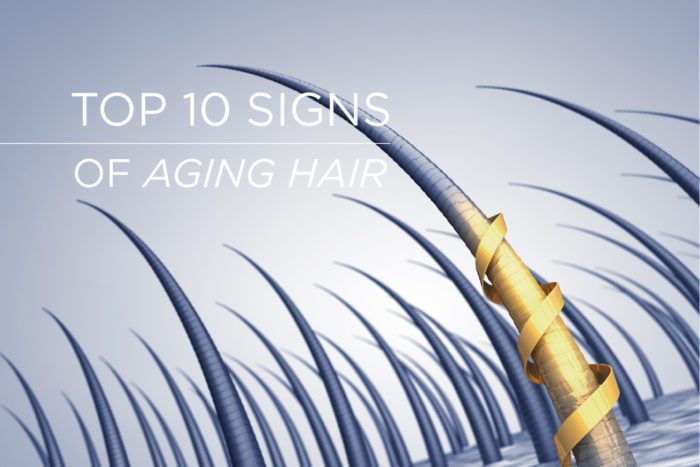You know how old you are, but do you know how old your hair makes you look ? For many of us, the first signs of aging show up in our hair rather than our skin. Thinning, graying, dryness, even color fade can make our complexion look duller and more worn. Here are 10 warning signs of aging hair—and ways to reverse their impact.
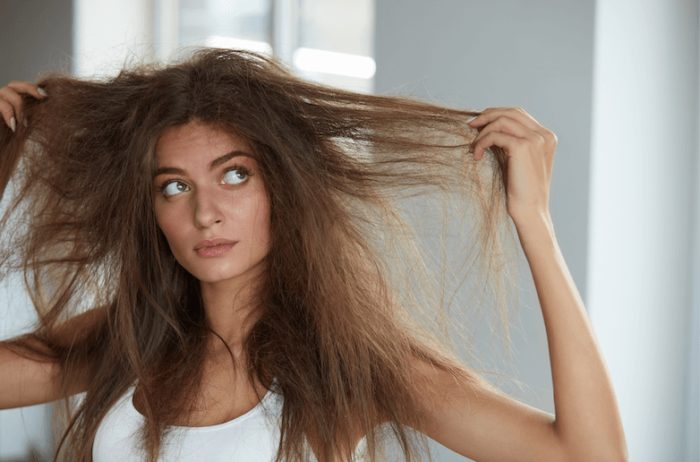
Thinning Hair
Hair follicles can create thinning hair, which can make a person appear as he or she is going bald. We produce about 100 hairs a day; however, if the hair is more fragile and breaking at a faster rate than it grows, thinning can occur.
How can you make it better? Massage your scalp daily in a circular motion. When you wash your hair, gently apply pressure with your fingertips around your scalp to encourage blood flow. For even more benefits, you can try a handheld scalp massager to also remove dead skin cells.
Try Biotin and supplements and if you want to conceal it, the best way is using Hair Fibers.
Hair loss
Another unfortunate occurrence that happens with time is hair loss. Hair strands get smaller, pigment is reduced and many of the follicles stop producing new hairs which leads to balding and the scalp might begin to show through your hair no matter how creatively you try to style it.
– Laser Treatments: Laser hair growth therapy has been shown to be effective in stimulating and energizing the cells within the hair follicle.
– Pharmaceuticals: Try Biotin or minoxidil, but always visit a Hair Restoration Doctor first.
– Cosmetic Solutions. Try Hairatin Building Fibers and turn the hair that you have left so thick that the visibility of your scalp will be reduced in seconds.
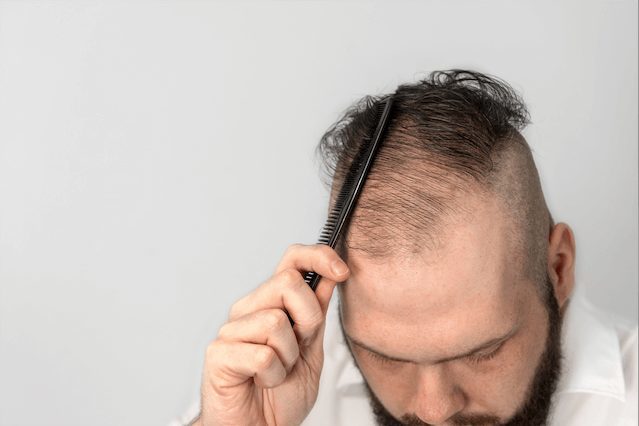
Graying
Is caused by the lack of pigment produced in aging hair follicles. Most people in their 30s and 40s will notice their first signs of grays. While many will cover up with boxed or professional hair color, lots of people are choosing to embrace it.
As tempting as it might be, never pluck gray hairs, as it can cause them to become rougher in comparison to the rest of hair. People tend to color-treat hair more often as they get older, which can also contribute to a drier, wirier texture. Visit a colorist or dye your hair at home, but try not to do it often. Extend your salon visits by using temporary gray hair concealers rather than dyeing it too often.
Dry Hair
Aging hair can become drier, due to shrinking oil glands that keep natural oil from reaching the hair as it should, according to Florida dermatologist Heather Hilary-Lloyd. Dryness can cause breakage which results in less volume and density.
Nourishing oils such as olive, vitamin E or apricot oil can help with the dryness, and drinking plenty of water can help from the inside. Use a deep leave in conditioner for your hair type and stay away from the heat and the sun.
Weekly deep-conditioning treatments also work wonders for adding softness.
Brittle Hair
When the hair is too dry, it lacks the elasticity to withstand handling from combs, hair bands and clips, which can cause breakage.
– Avoid using hot tools often or close to your hair, add protein-rich conditioner to strengthen the bonds within the hair and try natural supplements like biotin.
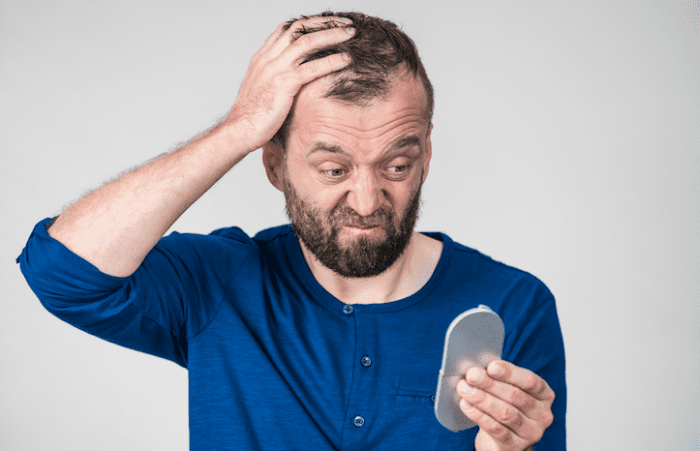
Dull Hair
Smoking, hormonal imbalances, a buildup of product, pollution, or overexposure to the sun can all lead to hair dullness.
Clarify hair with an exfoliating shampoo at least once a month to get rid of any nutrient-blocking residue; follow with a hydrating conditioner. Use with nourishing oils such as olive, vitamin E or apricot oil to help hair gain the shine and clarity it lacks.
Texture Changes
Hormonal fluctuations that occur in pregnancy, menopause or andropause can lead to hair texture changes. Also, hair’s texture alters naturally every five to seven years. Hair can turn more curly, frizzy or straight.
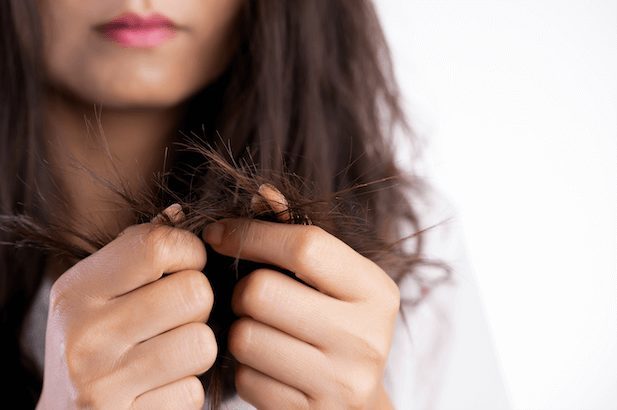
Stressed Hair
Stress can negatively impact the hair, inside and out. While stress doesn’t actually turn your hair gray or white, it can accelerate the process when you begin to grow some gray hairs in your 30s or 40s.
There are many ways to manage stress. Find what works best for you—a head massage, deep breathing or healing treatments are great ways to implement relaxation into your day!

